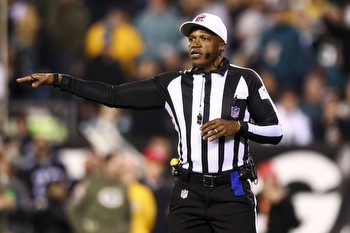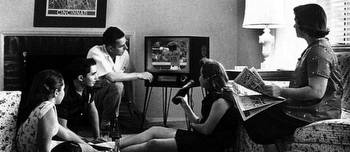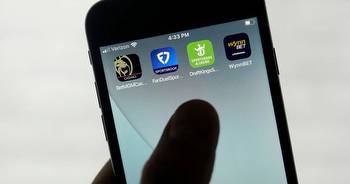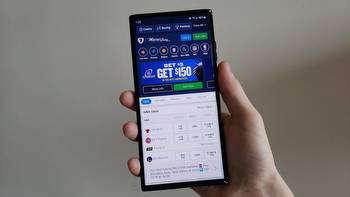Media Notebook: Is The Tweet More Powerful Than The Pen?
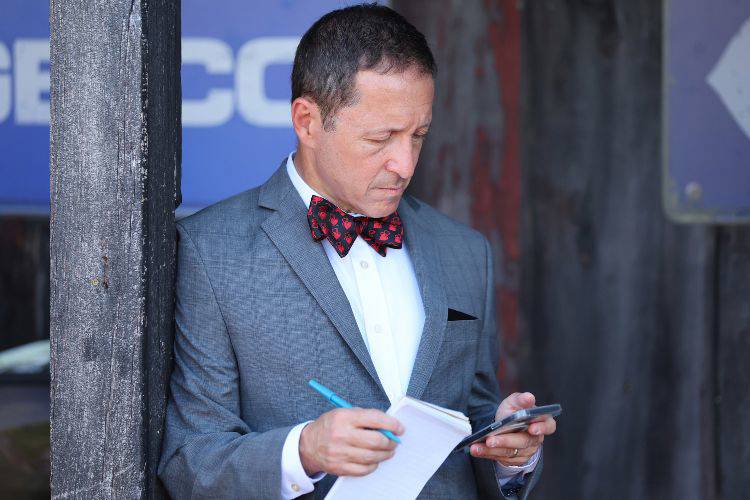
Imagine having the power to move betting lines in 280 characters or less.
As one of the nation’s preeminent news breakers on matters pertaining to Major League Baseball, Ken Rosenthal can truly claim to be one of the few people who possesses that superpower.
And yet, the MLB reporter at The Athletic and sideline reporter for Fox Sports baseball broadcasts is willfully unaware of the power his tweets have in the sports betting world. Rosenthal and others break news via Twitter that forces bookmakers to scramble to change futures lines. Meanwhile, sharp bettors around the country are glued to Twitter hoping to act before the lines can adjust.
There are myriad cases where misinformed tweets can cause major losses for gamblers. More than a few people no doubt jumped on the San Francisco Giants’ long World Series odds after the New York Post’s Jon Heyman tweeted in early December that American League MVP Aaron Judge appeared to be headed to the Bay.
The next morning, MLB Network’s Jon Paul Morosi was the first to report that Judge was instead returning to the Yankees. Rosenthal was the first to report the contract details: nine years, $360 million. Heyman, who no doubt was simply relaying something a source had told him, issued an apology on Twitter.
“Honestly, it never crosses my mind,” Rosenthal told Sports Handle of the impact his breaking news has on lines. “Now that you mention it, sure, that makes sense. But I’m going to do my job the way I’ve always done my job. People will react, as they always do. And the fact that the audience now includes bettors is just part of it. I can’t and won’t worry about that.”
That’s probably as it should be. And Rosenthal has a far better batting average on news he breaks than just about anyone else covering MLB. The fact that second-by-second developments in trade discussions and free agency have the power to affect bettors’ finances is just one more reason among many to emphasize being right over being first.
In our last column, we looked at the distressed position of Sinclair Broadcast Group’s regional sports networks and discussed the possibility of teams taking over broadcasts of their own games. Major League Baseball moved that process forward this week by hiring three executives for its new local media department and signaling it could take over local broadcasts for 17 teams.
Meanwhile, Warner Bros. Discovery’s AT&T SportsNet networks told the Colorado Rockies, Houston Astros, and Pittsburgh Pirates last week that they lack the money to make scheduled rights fee payments to the clubs.
Certainly, if teams face uncertainty receiving payments from their broadcast partners, it could prompt them to search elsewhere for revenues beyond ticket and merchandise sales.
Is that helping drive teams toward embracing gambling more fully, as a way to build another steady revenue source? And does it put teams that are in states without legal gambling, such as the Kansas City Chiefs and St. Louis Cardinals, at a financial disadvantage against those in states that allow it?
We asked Rosenthal for his take.
“I don’t know that there is a connection between the gambling money and what is going on with the local broadcast deals,” he said. “I imagine the league saw the cord-cutting phenomenon happening to some extent and understood the ramifications. But my guess, and it’s just that, is that the league viewed the gambling money separately, as another potentially lucrative revenue stream. And the league likes lucrative revenue streams!”
Difficult to argue with that point.
LIV ratings are abysmal
If you’re like me and became addicted to Netflix’s behind-the-ropes look at the PGA Tour, Full Swing, you probably view LIV golf as an existential threat to the traditional tour. The players certainly make it sound that way, but then again, some are being tempted themselves by the money dangled by LIV’s Saudi owners.
But is LIV a real threat to the PGA Tour? Not if you go by the early TV ratings. The second round of last weekend’s season-opening LIV event in Mayakoba, Mexico produced a 0.2 rating in 26 markets that carried it.
No es bueno.
The race is far from over — it has only just begun, in fact — and the Saudis seem determined to keep going. But with only 14 total events this year, the clock is ticking on the new tour to show it can draw viewers’ eyeballs as well as attract big-name golfers.


